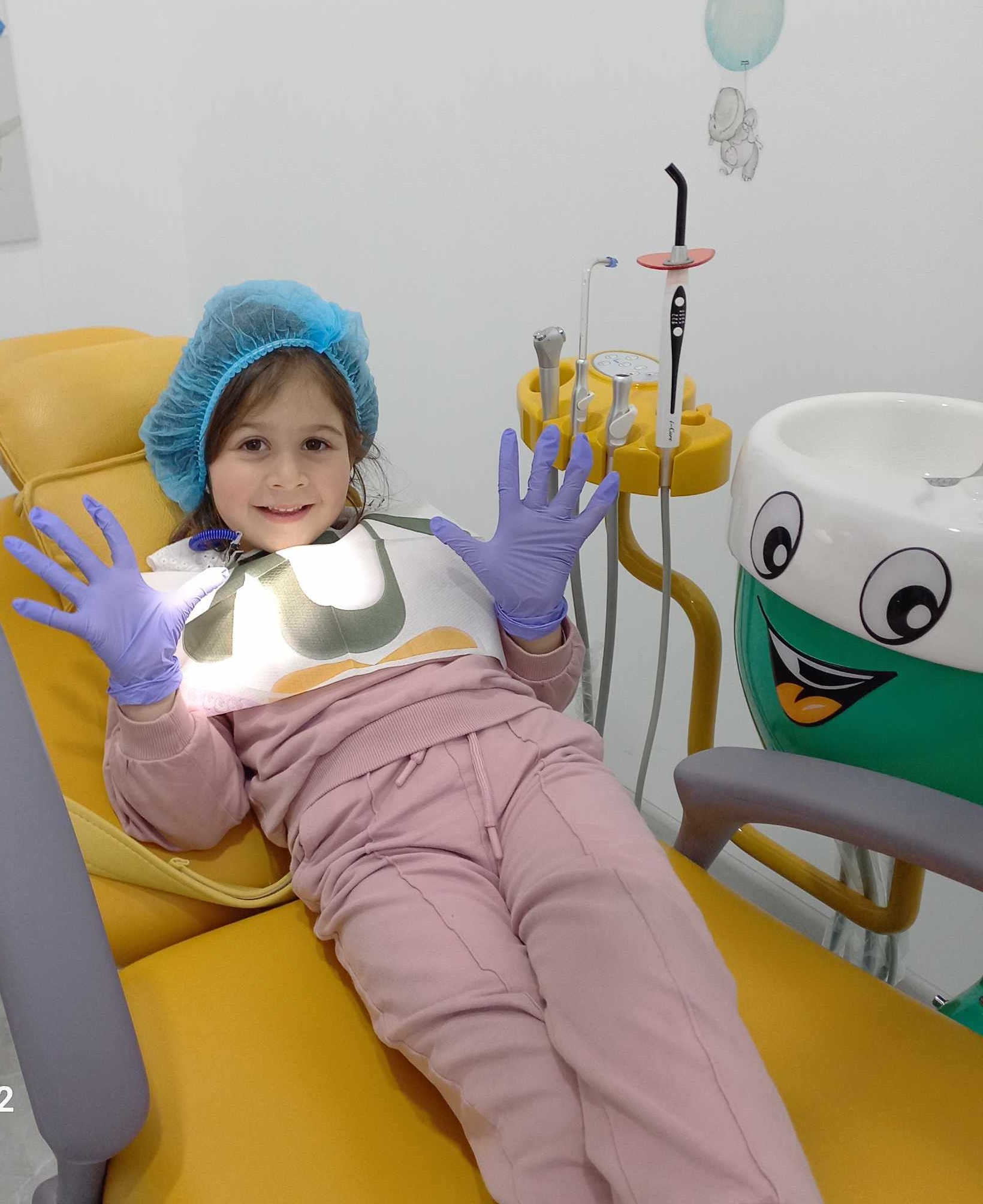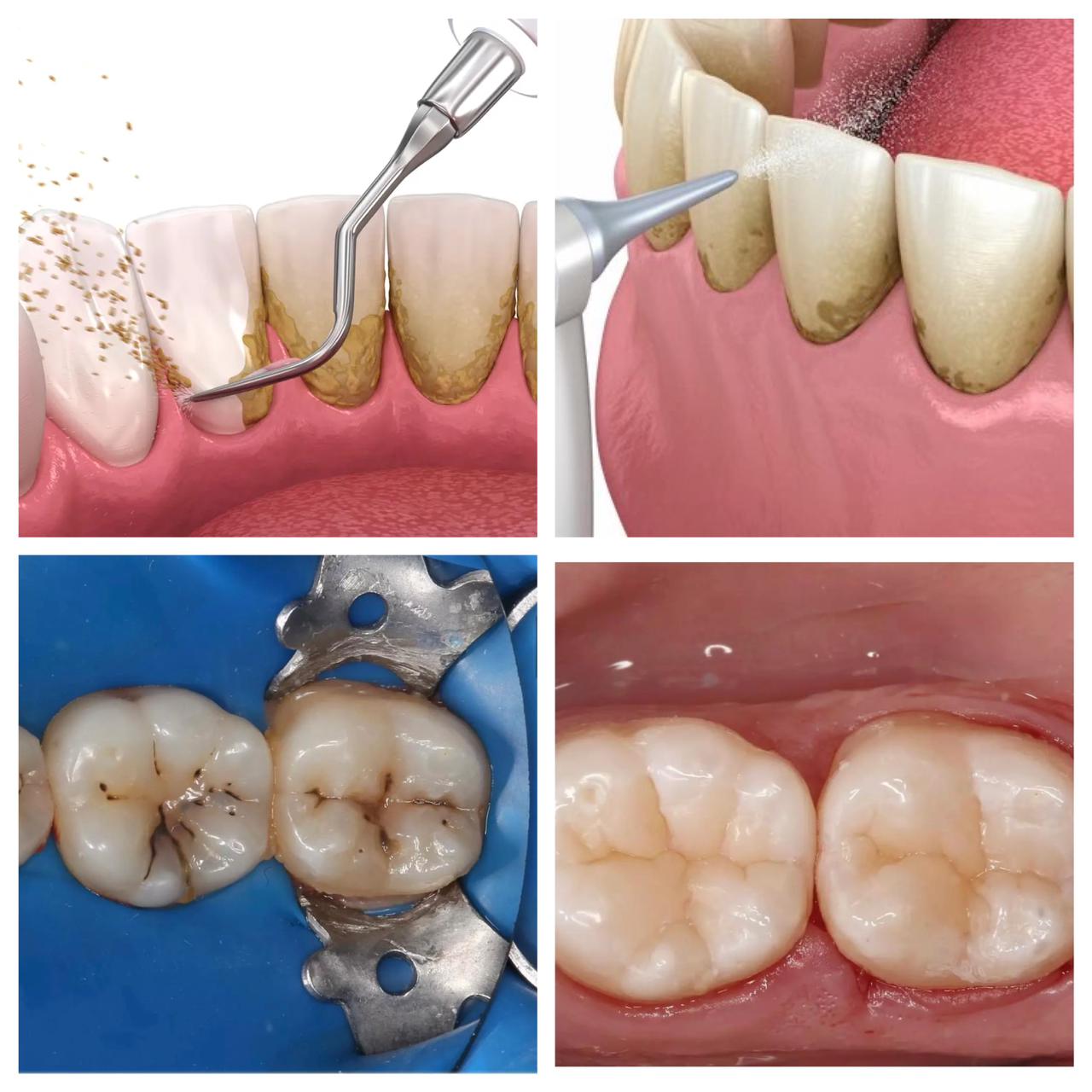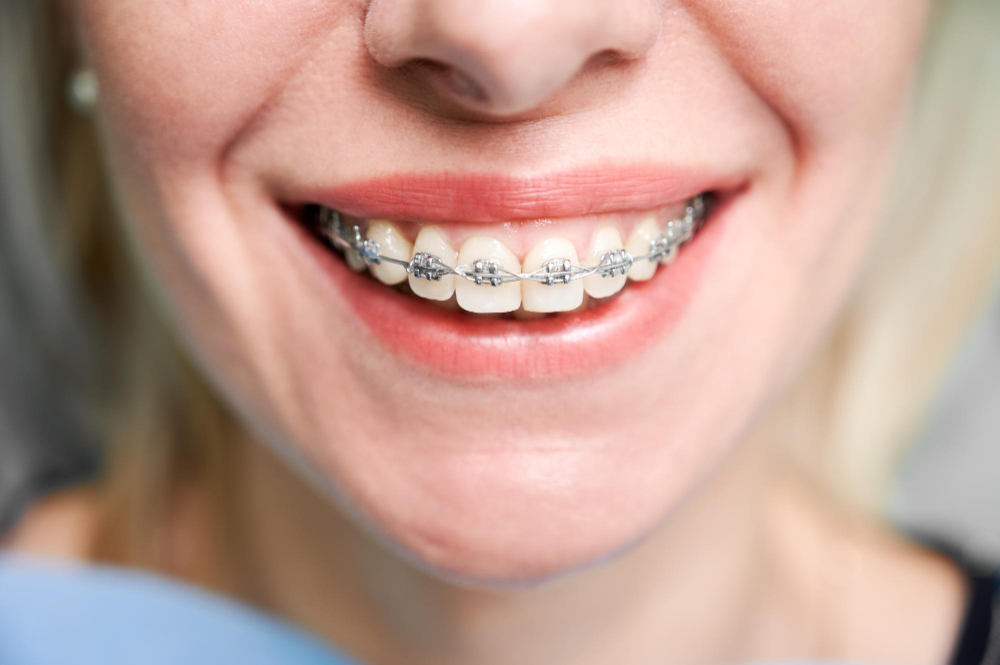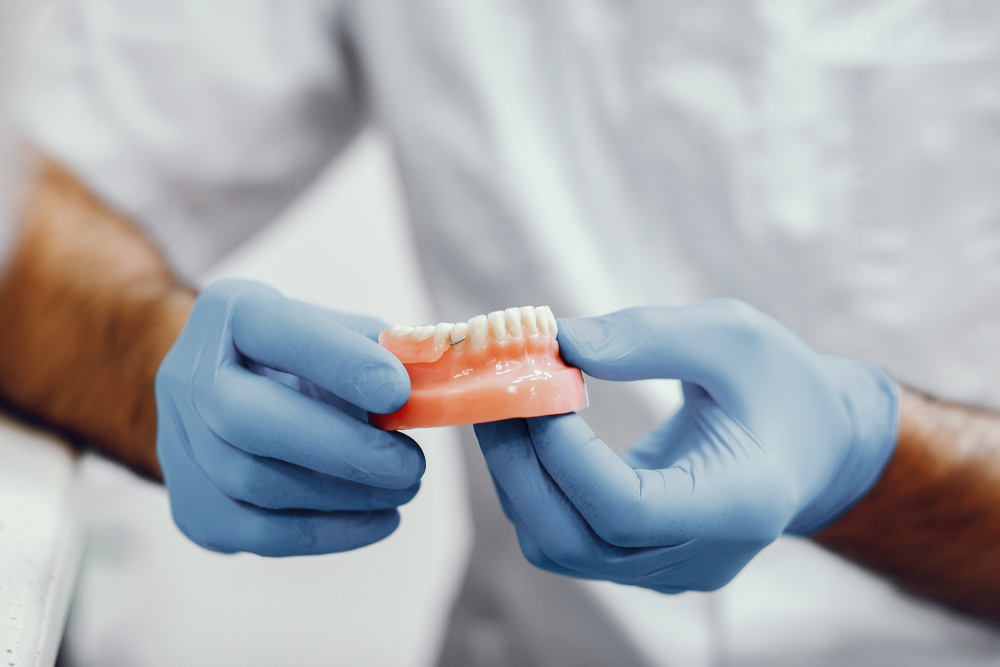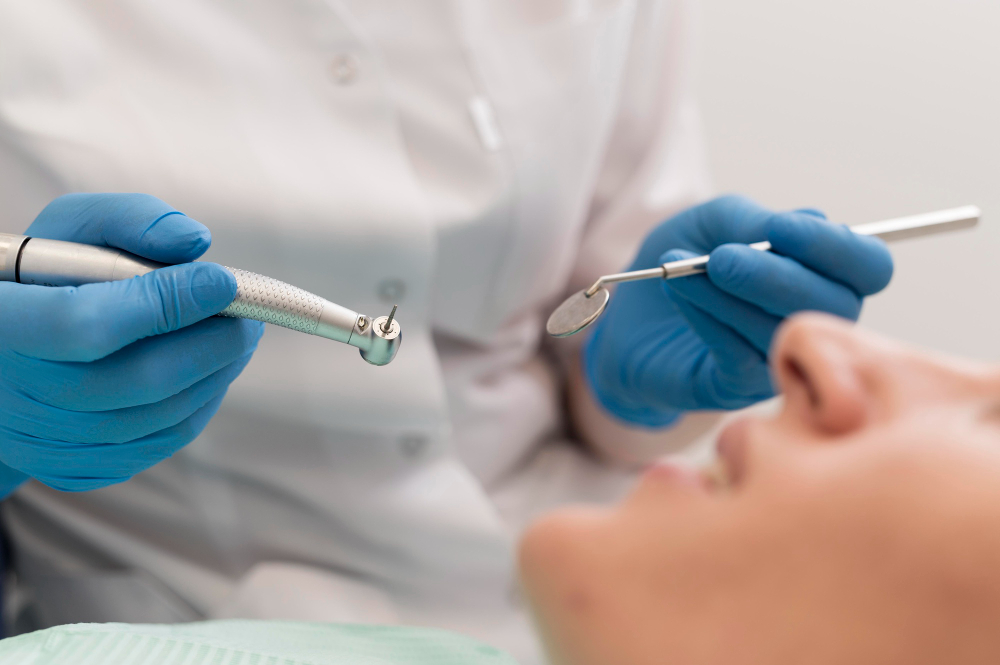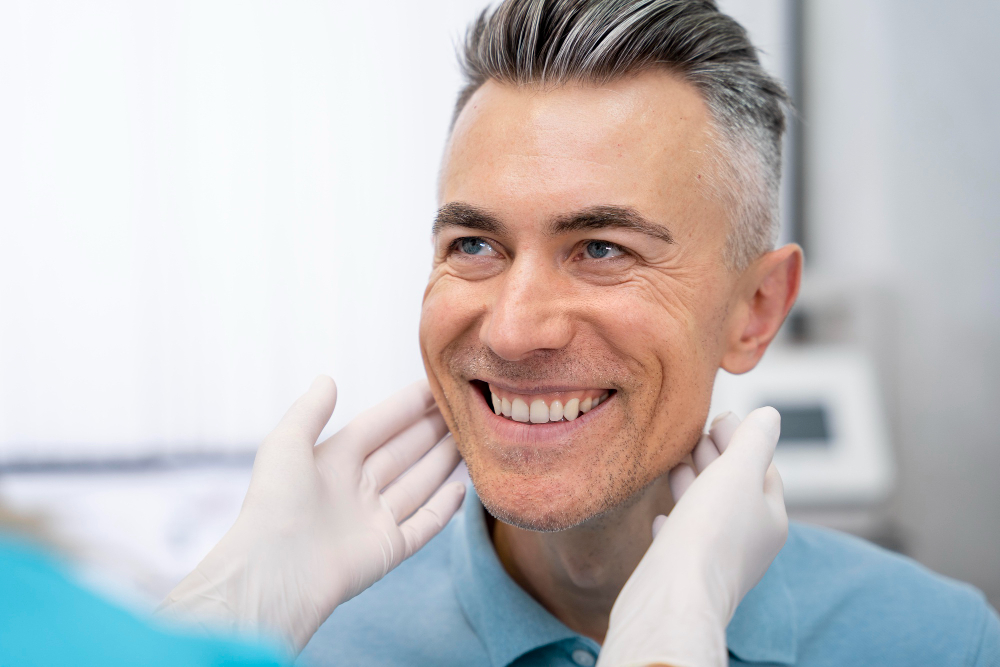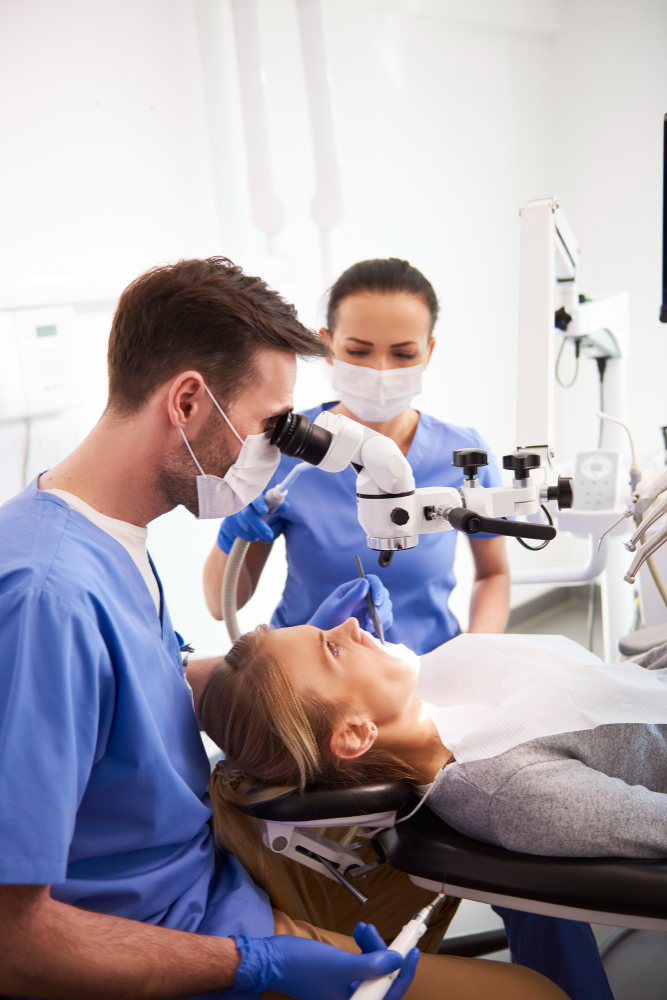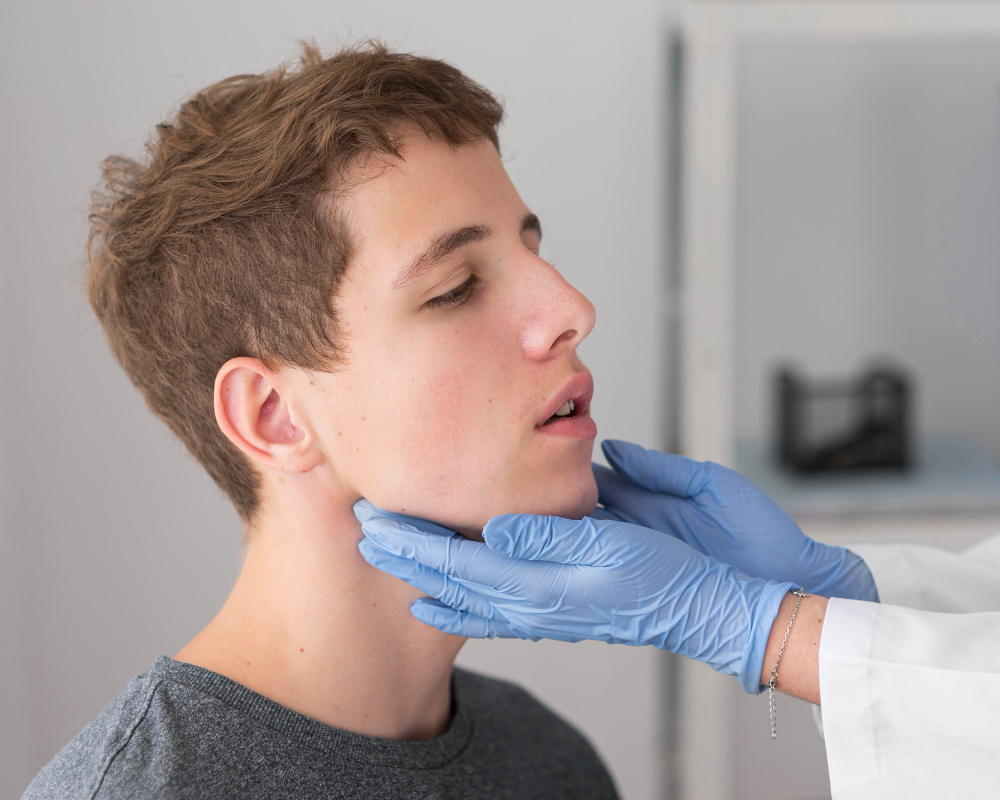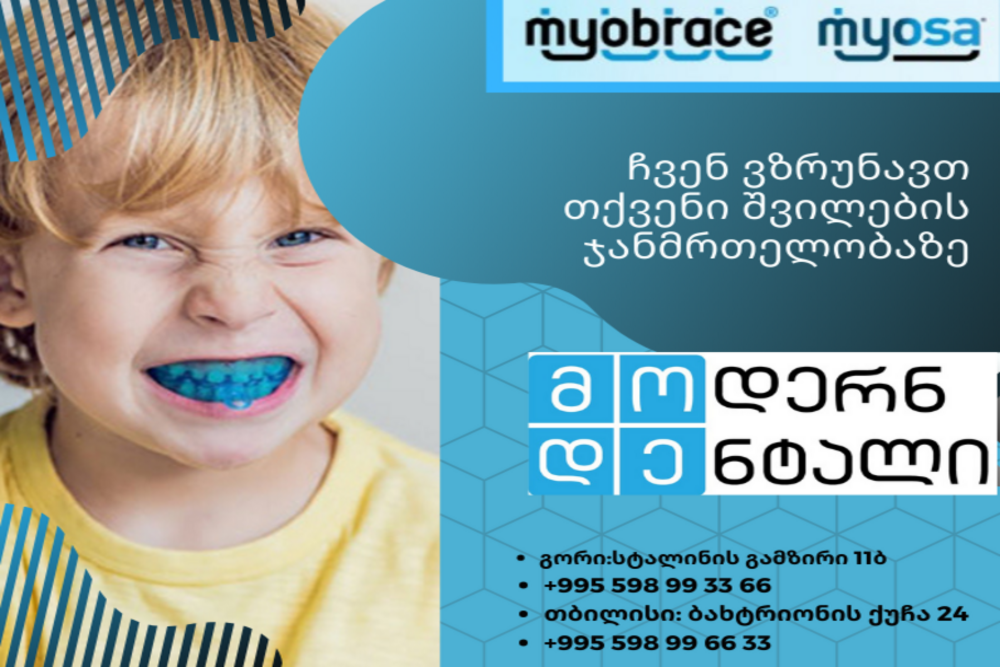
Myofunctional Dentistry
Myofunctional Dentistry
Myofunctional Orthodontics An Intelligent Choice for a Beautiful and Functional Smile
With the advancement of the world, medical fields are evolving in tandem.
Today, the latest approach to treating jaw and dental system disorders is Myofunctional Dentistry!
Myofunctional Dentistry involves identifying and eliminating the causes of anomalies and correcting jaw growth and teeth alignment through natural methods.
What steps must a patient go through to determine functional anomalies of the jaw and facial area?
- First Visit to the Clinic with an Orthodontist-Myofunctionalist
During the first visit, the following are assessed:
- Nasal breathing
- Proper swallowing
- Correct tongue position
- Condition of facial muscles
-
Referral for Radiographic Examination
-
Based on the Collected Data, OMFT Muscular Apparatus Examination is Conducted, which Includes:
- Measuring lip muscles in Newtons
- Measuring tongue muscle strength in Newtons
- Measuring the masseter muscles (right and left) in Newtons
- Measuring the perioral muscles in Newtons
Based on the obtained data, a diagnosis is made and appropriate treatment is prescribed.
We can say that harmful habits such as incorrect swallowing, mouth breathing, thumb sucking or prolonged use of a pacifier, and nail-biting can cause both dental and orthodontic problems and speech disorders. Early diagnosis helps us prevent potential serious complications.
Incorrect Swallowing
The position of the tongue plays a key role in forming the food bolus and the development of incorrect swallowing. For children under 2 years of age, the infantile sucking reflex is still prevalent, and thus, infantile swallowing is considered normal, involving the participation of lip muscles in the swallowing reflex, with the tongue positioned between the upper and lower teeth. After the age of 2, prolonged infantile swallowing is considered a disorder and a primary cause of orthodontic and myofunctional anomalies.
Incorrect swallowing can become a cause of relapse in orthodontic treatment.
Thumb Sucking, Prolonged Use of Pacifiers, Tongue Sucking, Nail-Biting, and Other Harmful Habits
Currently, all of the aforementioned harmful habits are widespread among children and adolescents. The following are clinical cases of jaw and dental anomalies caused by harmful habits. Seemingly unnoticed habits can lead to jaw growth disorders and functional disturbances of the facial muscle system.
Avoid: Thumb Sucking, Tongue Sucking, Prolonged Use of Pacifiers, Nail-Biting, Chewing on Pens or Pencils, and Other Systematic Harmful Habits.
- Open Bite Resulting from Thumb Sucking
- Medial Bite Resulting from Tongue Sucking
Mouth Breathing
Nasal breathing plays a crucial role in the functioning of organ systems. Air passing through the nasal cavity is purified, moistened, and warmed before reaching the lungs. During mouth breathing, these stages are lost, and the muscles involved in respiration become lax, resulting in both orthodontic and functional anomalies of the jaw and face, as well as increased risk of throat infections. Patients with mouth breathing often have a distinctive appearance, including an open mouth, protruded front teeth, narrowed upper jaw, and smaller lower jaw.
Speech Disorders
Speech disorders are a noticeable reason for parents to seek orthodontic-myofunctional consultations. Incorrect tongue position, lax tongue muscles, and a narrowed upper jaw are considered causes of speech disorders. An orthodontist-myofunctionalist works together with a speech therapist to develop the appropriate treatment plan.
To find out if you or your child are experiencing any of the above problems, schedule a consultation with an orthodontist-myofunctionalist at "Modern Dental."
Early diagnosis is the most accurate path to treatment!
Wishing you a healthy smile!








